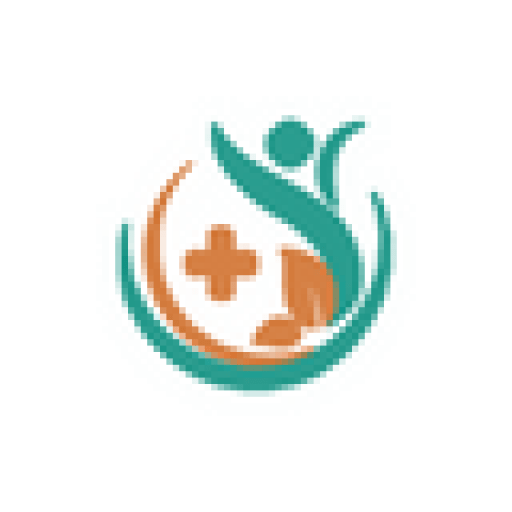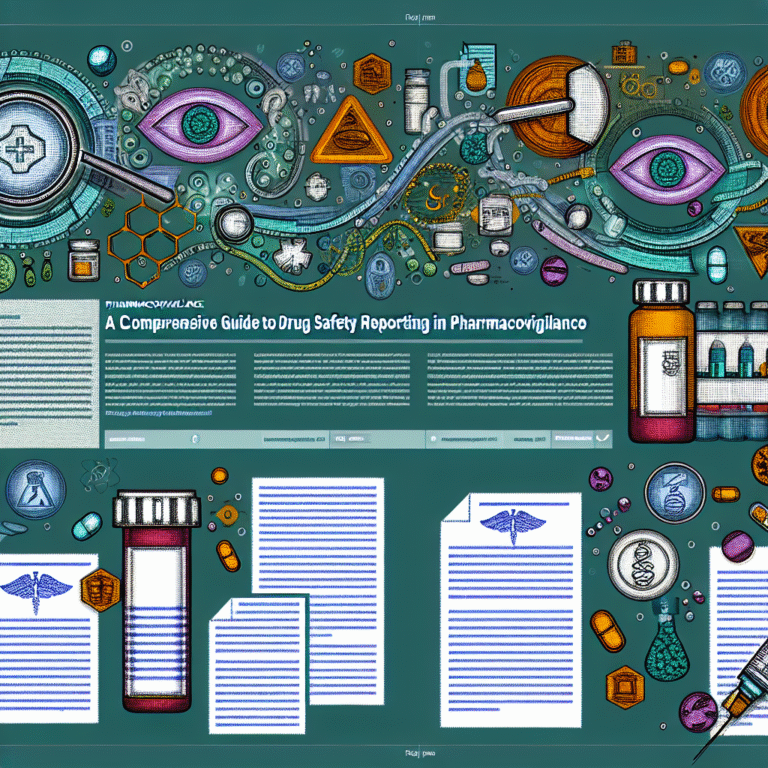The Importance of Pharmacovigilance in Modern Healthcare: Keeping Patients Safe
Blog Post: The Importance of Pharmacovigilance in Modern Healthcare: Keeping Patients Safe
Introduction
Pharmacovigilance Foundations is all about keeping patients safe by studying and improving medicine safety. For healthcare workers, making sure patients are well and safe is a must. This blog post will show you why pharmacovigilance is so important in today’s healthcare. We’ll talk about what it does, the challenges it faces, and how it keeps getting better at protecting patient health.
Understanding Pharmacovigilance
Pharmacovigilance is the science of finding, understanding, and preventing bad effects or any other problems with medicines. It started because of serious drug safety issues and is still key to making healthcare practices safer. The main goals are to keep an eye on medicine safety, teach people about possible risks, stop any harm from bad drug reactions (ADRs), and encourage safe medicine use. By watching medicine safety, we make sure medical products work well and don’t have unexpected side effects, keeping everyone healthy.
Historical Context
Pharmacovigilance has been around for a long time and has changed a lot over the years. A big event in the 1960s was the thalidomide disaster, which led to tougher rules and more attention on medicine safety worldwide. This tragedy made pharmacovigilance a real discipline to protect patients from similar problems in the future.
How Pharmacovigilance Works
Collecting and studying data is key in pharmacovigilance. Important parts include reports on adverse drug reactions, electronic health records, and patient registries. These tools collect important data that help with:
1. Finding safety signals to spot possible risks with using a medicine.
2. Deciding if the good outweighs the bad with a medicine.
3. Sharing information to tell healthcare workers and patients about medicine safety.
Risk management in pharmacovigilance makes sure known risks are dealt with, talked about, and fixed well.
The Role of Different Stakeholders
Many people help make pharmacovigilance successful:
1. Healthcare workers are the first to report bad reactions and share drug safety information.
2. Pharmaceutical companies must keep track of their products and follow safety rules.
3. Regulatory authorities like the FDA watch over medicine safety, make sure rules are followed, and give the public information about drug risks.
4. Patients, who use medicines, help by reporting side effects and talking about drug safety.
Impact of Pharmacovigilance on Patient Safety
Pharmacovigilance is crucial for keeping patients safe. By finding and stopping bad drug reactions, it boosts medicine safety profiles, leading to better health outcomes. It is important in making medicines safer for people everywhere.
Challenges in Pharmacovigilance
Even though it’s important, pharmacovigilance has some issues:
1. Not enough reporting of bad drug reactions makes data incomplete.
2. Problems with standardizing data and making it work across systems make risk assessment hard.
3. Balancing new ideas with safety is tough and needs careful management.
Technological Advancements in Pharmacovigilance
Technology has really changed pharmacovigilance:
1. AI and machine learning help automatically find possible risks, making things faster.
2. Big data and analytics help deal with lots of information to find trends and patterns.
3. Digital health tools improve data collection and patient involvement, helping protect drug safety better.
Case Studies: Successful Pharmacovigilance Initiatives
1. Keeping track of medicine safety after it’s on the market helps find problems early.
2. Working together worldwide, like with the World Health Organization’s program, makes global pharmacovigilance stronger.
3. In times of health crises, pharmacovigilance checks vaccines and medicines to make sure they are safe quickly.
Future Directions in Pharmacovigilance
The future looks good for pharmacovigilance, with new trends helping patient safety. Personalized medicine will offer treatments that fit individuals, lowering the chance of bad reactions. More public and patient involvement is expected, with more education and engagement helping improve drug safety.
Conclusion
Pharmacovigilance is a key part of modern healthcare, keeping patients safe by watching over and managing risks. As we keep improving our practices, it’s essential to tackle challenges and enhance drug safety. We invite everyone to work together in safeguarding patient health through dedicated pharmacovigilance efforts.
Further Reading and Resources
– Important publications and guidelines on pharmacovigilance
– Helpful websites like the FDA’s MedWatch for drug safety information
– Recommended books and articles to learn more about pharmacovigilance and drug safety





